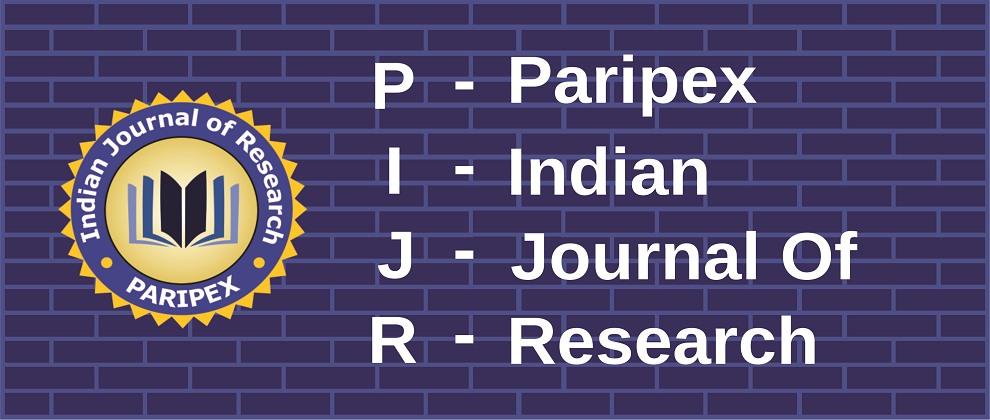Volume : VII, Issue : VII, July - 2018
Diabetic Foot Ulcer : a study in a Tertiary Hospital in Puduchery (South India)
Dr. C. Meenakshisundaram, Dr. G. Jayalakshmi, Dr. P. Selvaraj
Abstract :
A total of 40 patients (30 males, and 10 females) were taking treatment for diabetic foot infections in a tertiary hospital situated in a peri–urban locality inPuduchery(South India), during a period of 9–months from October 2015 to July 2016. The data on bacterial culture and antibiotic sensitivity patterns wereanalysed for evaluating the effectiveness of various antimicrobial agents in offering treatment to diabetic foot ulcer patients.
In total, 67 bacterial organisms were isolated, amounting to 1.675 organisms per patient. The Gram–negative organisms were 56.7%, and Gram–positive organisms were 43.3%. The most predominant among the Gram–positive organismswere Staphylococcus aureus (14.9%), plus MRSA (3.0%). The most predominant Gram–negative organisms were Pseudomonas species (10.4%) plus Pseudomonas aeruginosa (6.0%).The Enterobacteriaceae species were 40.3%, including the ESBL–producing Escherichia coli (3.0%).
Patients infected with one pathogen were 45.0 % (18/40). Another 42.5 % (17/40) were infected with two pathogens. The remaining 12.5 % (5/40) of patients were infected with three pathogens. Nobody had more than 3 pathogens.The ages of patientsvaried from 36 to 84, showing 55.0% of infection in patients above 50 years of age.
The 9–months’ data revealed that Amikacin was the most effective drug against all Gram–negative pathogens, and a few Gram–positive organisms excepting Enterococcus and Streptococcus species (to which Penicillin, or Ampicillin was effective). Vancomycin and Linezolid were effective, in cases wherever they were tested against Gram–positive organisms. Clindamycin was effective against Gram–positive organisms, excepting in the case of MRSA and Beta–hemolytic Streptococcus strains. Imipenem was spåly used against Gram–negative organisms.Gentamicin or Ciprofloxacin or Cephalosporins were effective only in a few (limited) cases of infections involving Gram–negative organisms.
Conclusion : Continuous monitoring of bacterial antibiotic sensitivity is recommended for strengthening the baseline data at the local centre, aimed at enhancing a better treatment approach for diabetic foot ulcer.
Keywords :
Effectiveness of antimicrobial agents–continuous monitoring of bacterial antibiotic sensitivity.
Article:
Download PDF
DOI : https://www.doi.org/10.36106/paripex
Cite This Article:
Dr. C.Meenakshisundaram, Dr.G.Jayalakshmi, Dr. P.Selvaraj, Diabetic Foot Ulcer : a study in a Tertiary Hospital in Puduchery (South India), PARIPEX‾INDIAN JOURNAL OF RESEARCH : Volume-7 | Issue-7 | July-2018
Number of Downloads : 336
References :
Dr. C.Meenakshisundaram, Dr.G.Jayalakshmi, Dr. P.Selvaraj, Diabetic Foot Ulcer : a study in a Tertiary Hospital in Puduchery (South India), PARIPEX‾INDIAN JOURNAL OF RESEARCH : Volume-7 | Issue-7 | July-2018


 MENU
MENU

 MENU
MENU


